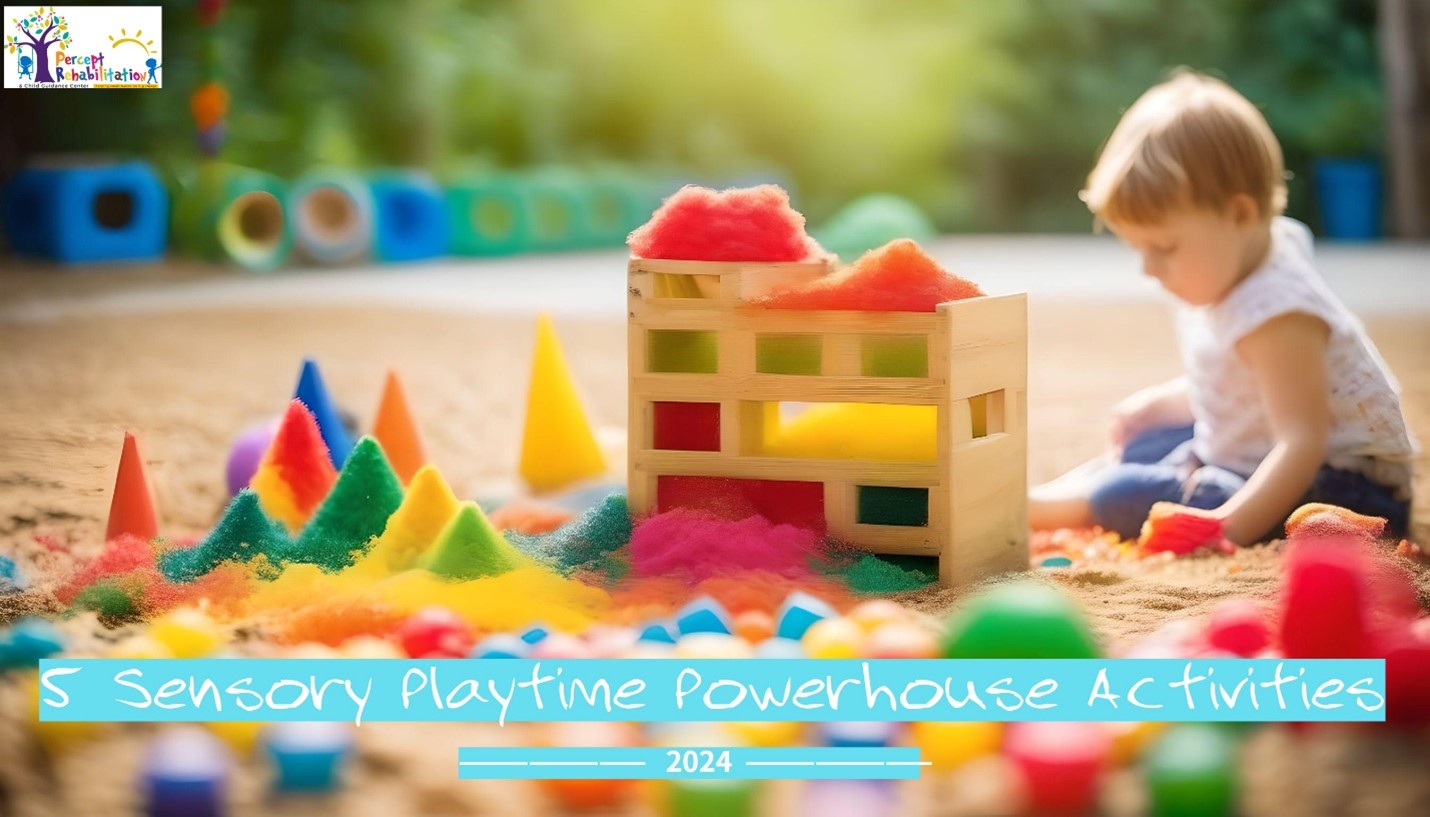Fun Activities For Sensory Integration In Kids

Does your little one seem extra sensitive to certain sounds, textures, or movements? Do meltdowns erupt over loud noises or itchy clothes?
You're not alone! Many children struggle with sensory processing, where their brains have trouble organizing and interpreting sensory information. But fear is not parents! Sensory integration activities can be the superheroes to the rescue, helping your child navigate the world with greater ease and joy.
So, ditch the flashcards and dust off your playful side, because it's playtime with a purpose! Here are 5 effective sensory integration activities for your little explorer:
- Tactile Treasure Hunt: Hide textured objects like squishy balls, bumpy sponges, and soft feathers around the house. Let your child embark on a sensory safari, using their sense of touch to find the hidden treasures. Bonus points for blindfolded adventures!
- Sensory Dough Delight: Whip up a batch of homemade play dough with unique textures. Add glitter, sand, or dried beans for extra sensory stimulation. Encourage your child to mold, squeeze, and roll the dough, giving their hands a proprioceptive workout.
- Watery Wonderland: Turn bath time into a sensory extravaganza! Fill the tub with colorful bath bombs, floating toys, and bubbles. Play gentle music and let your child splash, scoop, and explore the watery world. Bonus tip: add calming lavender essential oil for extra relaxation.
- Swinging Sensations: Swinging provides proprioceptive and vestibular input, helping children feel more grounded and organized. Invest in a safe indoor swing or head to the park. Let your child swing to their heart's content, singing songs and making silly faces.
- Cozy Calm Corner: Create a designated space for quiet relaxation. Fill it with soft blankets, fluffy pillows, and calming books. Encourage your child to retreat to their corner when feeling overwhelmed by sensory input. Dim the lights, play soothing music, and offer deep pressure hugs for extra comfort.
Remember, every child is unique, and their sensory needs will vary. Start with these activities and observe your child's responses. If they seem overwhelmed, adjust the activity, or take a break. Most importantly, make it fun, playful, and full of laughter!
Bonus Tip: Keep a sensory journal to track your child's responses to different activities. This can help you identify triggers and tailor future playtime adventures for optimal sensory integration.
With a little creativity and these playful activities, you can help your child thrive in a world filled with amazing sensory experiences! Go forth and conquer those sensory challenges, parents! You've got this!
